POSSESSION
Erin L. Thompson
 Possession
Possession
The Curious History of Private Collectors from Antiquity to the Present

Copyright 2016 by Erin L. Thompson.
All rights reserved.
This book may not be reproduced, in whole or in part, including illustrations, in any form (beyond that copying permitted by Sections 107 and 108 of the U.S. Copyright Law and except by reviewers for the public press), without written permission from the publishers.
Yale University Press books may be purchased in quantity for educational, business, or promotional use. For information, please e-mail (U.K. office).
Designed by Mary Valencia.
Set in Minion and Fournier types by Integrated Publishing Solutions.
Printed in the United States of America.
ISBN: 978-0-300-20852-8 (hardback : alk. paper)
Library of Congress Control Number: 2015954819
A catalogue record for this book is available from the British Library.
This paper meets the requirements of ANSI/NISO Z39.481992
(Permanence of Paper).
10 9 8 7 6 5 4 3 2 1
CONTENTS
ACKNOWLEDGMENTS
T hank you to my colleagues at the City University of New York for supporting this project with a research grant and, more importantly, through discussion and encouragement. Thank you to the librarians in the Lloyd Sealy Library at John Jay College for working tirelessly to field my endless interlibrary loan requests. Thank you to my research assistant, Emogene Cataldo, for mastery of microfiche. A very large thank you to Adrienne Mayor for suggesting that a paper she heard might deserve to be a book, and to Sandy Dijkstra, the fabulous agent we now share. Thank you to my editors at Yale University Press, Eric Brandt and Steve Wasserman. I would also like to thank the Paul Mellon Centre for Studies in British Art, the New York Public Library, the British Museum, the Tate Britain, Columbia Universitys Avery Library, Cambridge Universitys Fitzwilliam Museum, the Merseyside Museum, Liverpool, Muse du Louvre, and The J. Paul Getty Museum, sources of invaluable information on collecting and collectors. Thank you to Sara and Noah, for reading drafts, feeding me dinners, and tolerating my tendency to discuss the minutia of eighteenth-century export laws at said dinners. And thank you to Ashur, who can truly say, as Montaigne claimed, I was familiar with the affairs of Rome long before I was with those of my own house.
Introduction
C ollecting is a curious behavior. Almost everyone has formed a collection, however small. Especially as children, we accumulate objects whose uselessness is rivaled only by the fascination we feel while sorting, touching, and contemplating them: seashells, rocks, ticket stubs. There are collectors for every category of object, natural and artificial, from Faberg eggs to nail clippings. We find such collections throughout human history, and beyond humankind as wellcertain animals also form collections.
And yet, for all its universality, the collecting impulse is surprisingly little studied or understood. We know more about the motivations of bower birds than human collectors. Male bower birds collect twigs, pebbles, flowers, and other brightly colored accoutrements to build a bower structure around their nest site. They happily seize on and use some of the items, such as film canisters, discarded by naturalists who observe them. They indignantly remove other items that meddling naturalists add to their bowers in their absence if they do not fit with what is evidently a strict decorative scheme. Female bower birds tour nesting sites and select their mates based on their bowers. The ways of human collectors, by contrast, are much more mysterious. The attraction of mates is hardly the usual result.
This book studies the motivations and self-perceptions of those who have formed private collections of Greek and Roman antiquities. Although I cover the history of the subject, starting with the Romans, who were the first to covet and display Greek masterpieces in their homes, my reason for writing is a contemporary one. Investigating the motives of antiquities collectors can help stop the ongoing looting and destruction of archeological sites that currently supplies the market for collectible antiquities. A remarkably consistent set of motivations and beliefs has driven antiquities collectors throughout history. We must understand these motivations and beliefs so that they can be rechanneled into behaviors that will provide collectors with what they crave without putting the heritage of the world as a whole at risk.
In this book, the term collectors means those who form private collections of antiquities, excluding artists, scholars, dealers, or those collecting for public museums other than museums they themselves plan to found. Antiquities describes works of art produced by the ancient Greeks and Romans and found within the modern boundaries of Greece and Italy. These are artificial limits; similar stories could be told about artifacts from elsewhere in the Greek and Roman world.
Certain aspects of the history of the collecting of antiquities have received much scholarly attention. Thanks to inventory lists, household expense records, architectural plans, and other archival records, we know many practical facts about most major private collections of antiquities: how much collectors paid for them, from whom they purchased them, where in their homes or private museums they displayed them. Yet, answering the questions of who, when, and where brings us very little closer to answering the question of why.
Part of the reason that we have made so little progress here is that observers of collecting have been unusually consistent in assuming that they already know the answer. Antiquities collectors, you will read in many a scholarly text, collect out of a desire for social prestige and have little true appreciation for the beauties of what they own. This analysis is reductionist, dismissive, and not sufficientit does not explain, for instance, why the collector acquires antiquities and not real estate or horses or contemporary art, all of which could also display social prestige. And this scholarly perspective is not that far removed from the satirical criticisms levied against collectors since Roman times, which paint them as greedy, effeminate, stupid, uncultured, arriviste, sexually incontinent, or all of the above.
So, what does motivate the collector? Finding out is crucial, because collections can shape our perception of the world, knowledge of its past, and course of its future. Fortunately, collectors themselves have left us plenty of information to help explain what turn out to be very complex motivations. For example, J. Paul Getty, who made himself a billionaire through investments in oil and spent large portions of this fortune on art, including antiquities, wrote and spoke extensively about his reasons for collectingwhich included a belief that he was a reincarnation of the emperor Hadrian. From Romans writing letters about their worries that they may have been fooled by forgeries of Greek art, to medieval churchmen chronicling their cautious admiration of the suspect beauties of a statue of Venus, to Enlightenment noblemen posing with their prized collections for portraits, to contemporary collectors dictating heartfelt introductions to exhibitions of their collections, there are many other instances of collectors speaking for themselves. This book is the first to collect and analyze these records, as found in collectors letters, memoirs, diaries, catalogues of collections, and other publications and archival records.
Next page


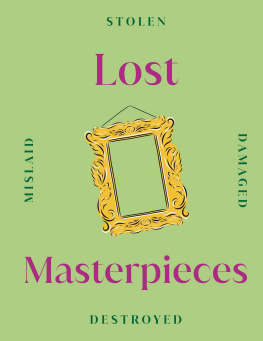
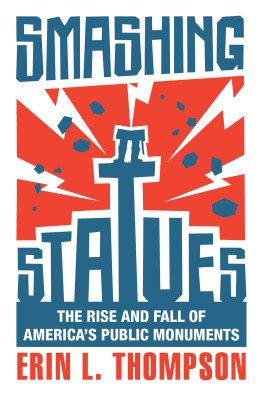
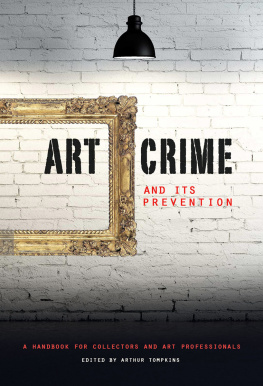
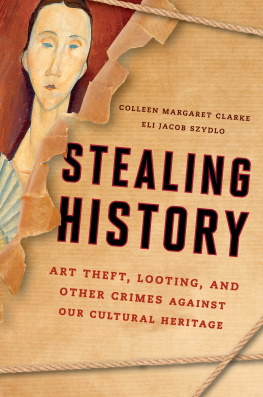

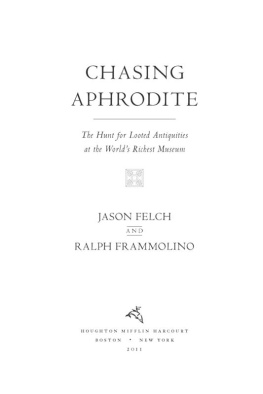
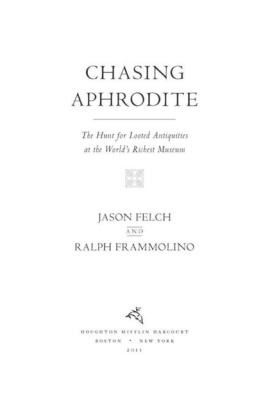
 Possession
Possession
